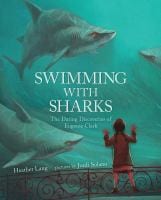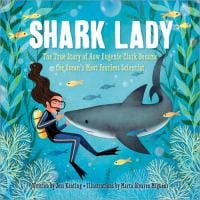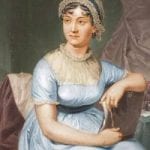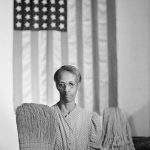Joan Procter, Dragon Doctor
While other girls read stories about dragons and princesses, Joan read books about lizards and crocodiles. Instead of a favorite doll, a favorite lizard accompanied her wherever she went.
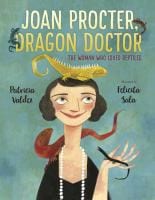 Thus, begins Patricia Valdez picture book biography, Joan Procter, Dragon Doctor: The Woman Who Loved Reptiles (Knopf) which is illustrated by Felicita Sala.
Thus, begins Patricia Valdez picture book biography, Joan Procter, Dragon Doctor: The Woman Who Loved Reptiles (Knopf) which is illustrated by Felicita Sala.
Joan only lived to be 34 years old, but she accomplished much in her life. From early on, Joan was fascinated by reptiles, and she had many as pets. Since she had a chronic illness, she missed a great deal of school as a child. This didn’t stop Joan from learning though, and she constantly read about all kinds of reptiles.
Unable to attend college, Joan introduced herself to Dr. George Boulenger who was the curator of curator and reptiles and fish at the Natural History Museum in London. After spending many hours with Joan, Dr. Boulenger asked her to become his assistant, and she confirmed his faith in her by presenting her first scientific paper on vipers at 19 years old. When Dr. Boulenger retired, Joan took over his responsibilities even though she was only in her twenties. She became known as one of the leading herpetologists (scientist who studies amphibians and reptiles) in the world.
Joan went on to work at the London Zoo where she oversaw the design and building of their new reptile house. She used the new reptile clinic to operate on the reptiles under her care. During those years, little was known about Komodo dragons, and Joan not only studied the two that came to the zoo, but she also dispelled many myths about them. One Komodo dragon was frequently seen by Joan’s side as she traveled through the zoo.
What an inspirational life!

